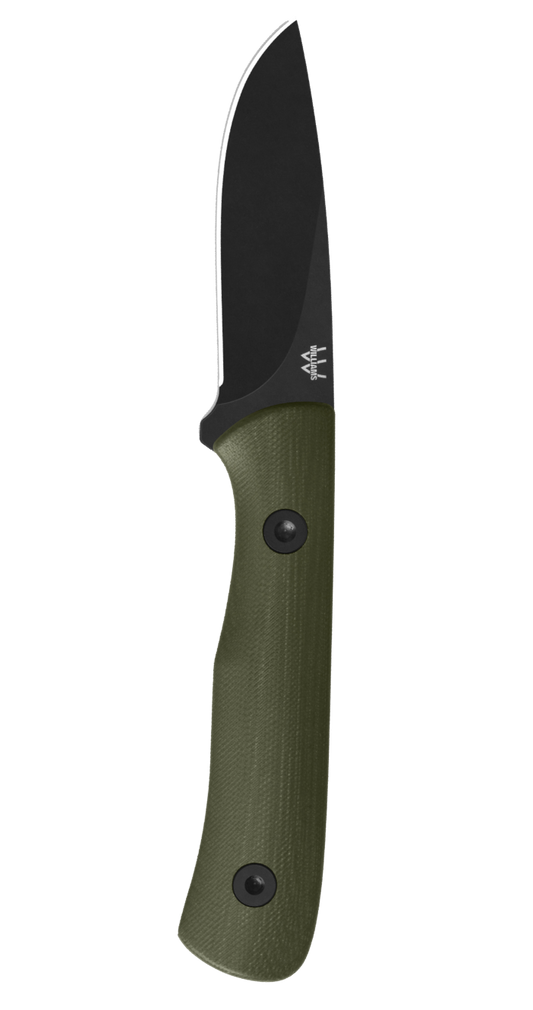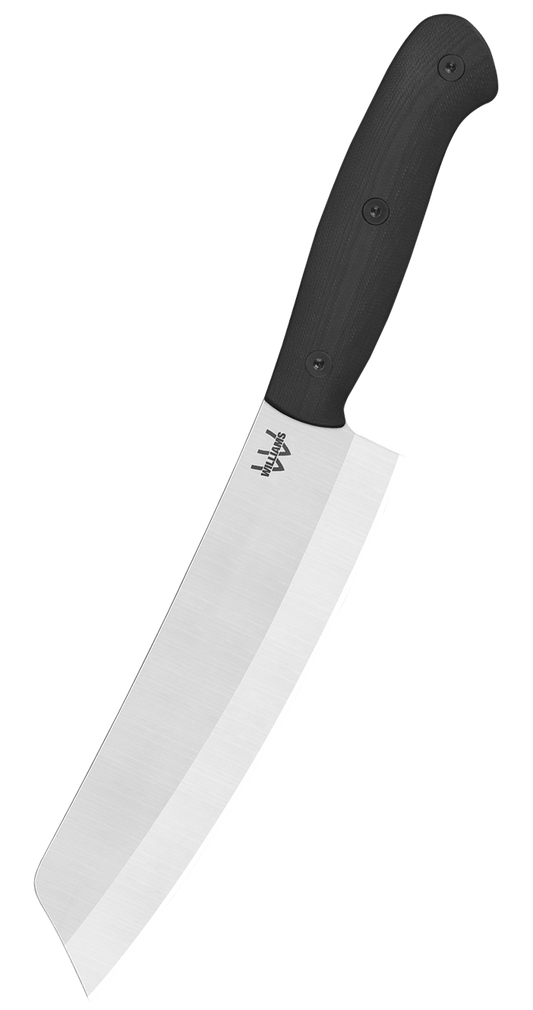Is a summer walleye feast on the back deck as delicious as a fresh “catch and cook” in your ice-fishing shelter? All I know is they’re both religious experiences. But before you get to enjoy your harvest, you need to know how to clean and prepare your walleye. This process can seem daunting, especially for first-timers. Fear not, fellow anglers, this guide will walk you through the process, step-by-step, ensuring you get the most out of your prized catch.
Gear Up for Success
As with any work, having the proper tools makes the job significantly easier and safer. If you don’t have a good fillet knife and plan on processing more than one fish this year, consider picking one up. But that’s not all you’ll need … here are some mandatory and optional tools for processing your walleye and getting it ready to cook:
- Sharp Fillet Knife:A high-quality, flexible fillet knife is essential for clean cuts and minimal waste.
- Cutting Board or Cleaning Table: Choose a sturdy, non-slip cutting board to provide a stable work surface.
- Fish Scaler (optional): While not always necessary, they can be helpful for beginners, but even first-timers can descale a fish with a good knife.
- Cooler with Ice: Keep your walleye nice and cold until you're ready to clean it. If it’s mid-winter, you might be able to skip the ice.
- Ziplock Bags: These come in handy for transporting the fillets home in the cooler, freezing your fillets, and tossing your fillets in breading before frying them.
The Cleaning Process: Step-by-Step
Assuming you’ve dispatched your fish with a blow to the head or bleeding it, it’s now time to clean your walleye.
Prepare the Fish and the Surface: Find a clean, well-lit workspace. Rinse the walleye under cold running water to remove any debris.
Scaling: There are two main approaches to scaling a walleye. If your walleye is fresh, you can simply scrape the scales off against the grain using the back of your knife, under running water. For a faster approach, especially with larger or older fish, consider using a fish scaler. Work from the tail toward the head, applying gentle pressure.
Gilling and Gutting: Locate the gill plate behind the head. Using your knife, carefully cut from the top of the gill plate down toward the belly, taking care not to puncture the internal organs. Once the gill plate is severed, use your fingers to gently remove the gills and internal organs in one motion.
Cleaning the Cavity: Rinse the body cavity thoroughly with cold running water, removing any remaining blood or organs.
The Finishing Touches: With the cavity clean, remove any remaining bloodline along the spine with your knife. Some prefer to remove the head at this point by cutting just behind the gill plate. This is optional, and the head can be used for making fish stock.
Filleting Like a Pro
Now that your walleye is clean, it's time to turn it into delicious fillets. Here’s how:
- Place the walleye on its side, belly facing up.
- Using your sharp fillet knife, begin by making a cut just behind the head, starting at the top and angling the blade down toward the backbone.
- Keeping your knife blade close to the backbone, carefully cut all the way down the fish’s body to the tail. Maintain a sawing motion and avoid cutting through the skin on the bottom side of the fish.
- Repeat steps 2 and 3 on the other side of the fish to remove the second fillet.
- While some prefer to leave the skin on, you can easily remove it for boneless fillets. Place the fillet skin-side down on your cutting board. Hold the skin taut at the tail end and carefully slide your knife between the flesh and the skin, using a gentle sawing motion.
Pro Tips and Considerations
- Sharpen Up: A dull knife will tear the flesh and make the process more difficult. Invest in a good quality sharpener and keep your fillet knife in top condition.
- Work Fast, Stay Cool: Bacteria growth is a concern, so work quickly and keep your fish cold throughout the process. If you're not cleaning your fish immediately after catching it, pack it in ice in a cooler.
- Practice Makes Perfect: Don’t be discouraged if your first attempt at filleting isn't perfect. The more you practice, the cleaner and more efficient you'll become.
What Should You Do With Your Walleye Fillets?
While walleye recipes are nearly endless, it’s hard to pass up the opportunity to bread and fry walleye fillets or nuggets (evenly sized chunks of fillet). Mix up your own breading mix, or buy your favorite off-the-shelf breading, toss in your meat, and then fry. Fried walleye is great on its own or as the core of a fish taco. This mild meat goes with just about anything, so let your imagination run wild and enjoy.












